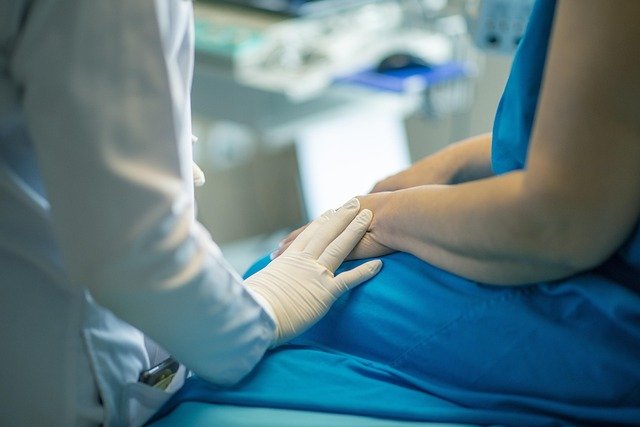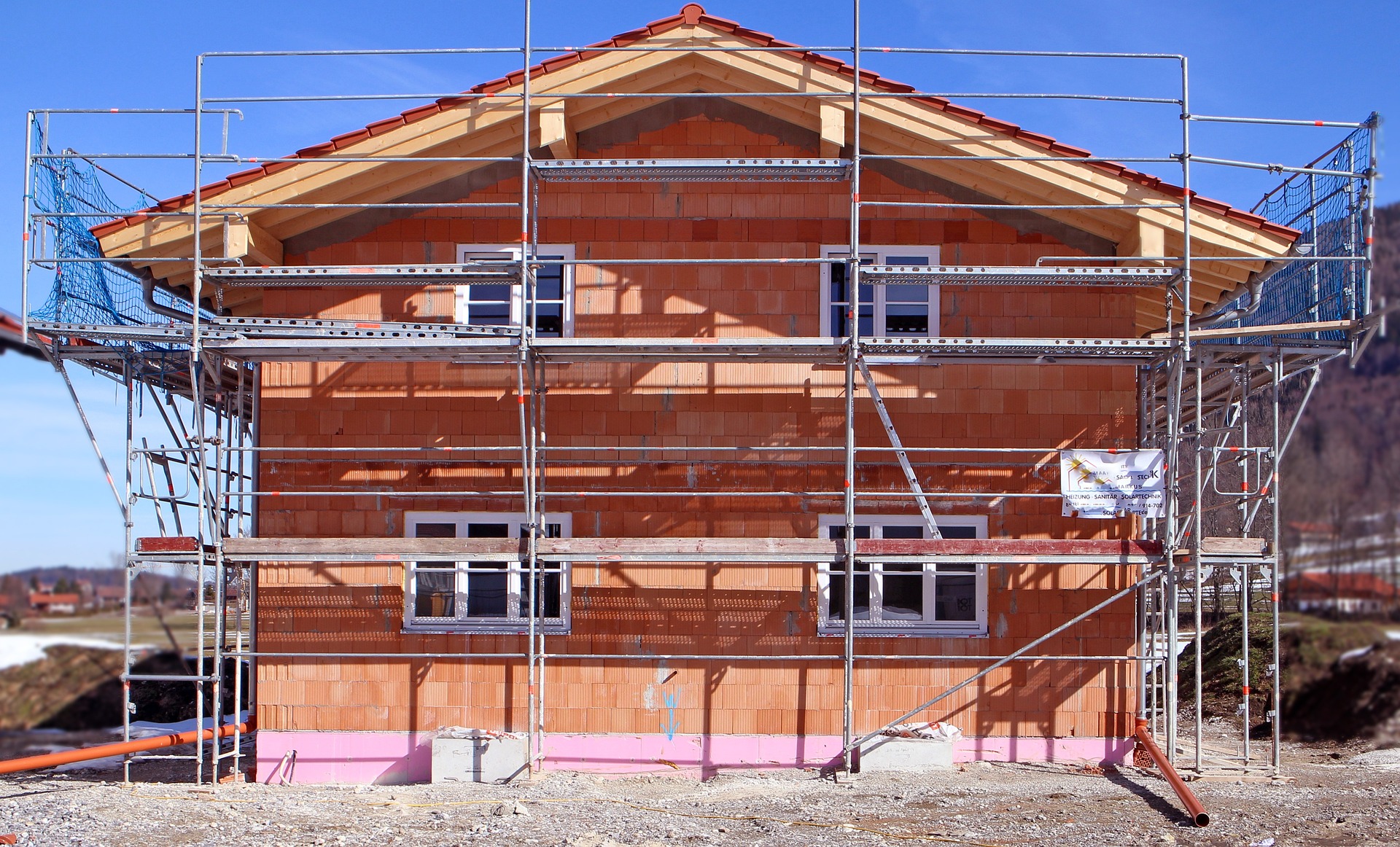Rhinoplasty in the USA 2025: Costs and Options Explained
Rhinoplasty, commonly known as nose surgery, continues to be one of the most sought-after cosmetic procedures in the United States. As we approach 2025, advances in surgical techniques, technology, and patient care are reshaping the landscape of this procedure. Whether you're considering rhinoplasty for aesthetic improvements or to address breathing difficulties, understanding the costs, options, and what to expect is essential for making an informed decision. This article explores the current state of rhinoplasty in the USA, breaking down costs, procedures, and considerations for potential patients.

Understanding Rhinoplasty Procedures in the USA for 2025
Rhinoplasty procedures in the USA are evolving with several key advances expected to become mainstream by 2025. Traditional surgical rhinoplasty remains the gold standard, but less invasive options like liquid rhinoplasty (using fillers) continue to gain popularity for minor corrections. Computer-aided design and 3D printing technologies are increasingly being used to create precise surgical plans and custom implants. Additionally, preservation rhinoplasty techniques, which maintain the structural integrity of the nose while making desired changes, are becoming more widespread among American surgeons.
Another significant trend is the growing emphasis on ethnic rhinoplasty, which preserves cultural facial characteristics while addressing specific concerns. As patient demographics in the USA continue to diversify, surgeons are developing more specialized approaches to respect and enhance various ethnic facial features rather than applying a one-size-fits-all approach to nose reshaping.
Nose Surgery Cost USA: What to Expect in 2025
The cost of rhinoplasty in the United States varies significantly based on several factors including geographical location, surgeon expertise, facility fees, and the complexity of the procedure. By 2025, the average cost of rhinoplasty in the USA is projected to range from $6,000 to $15,000 for primary procedures.
Major metropolitan areas like New York, Los Angeles, and Miami typically command higher prices due to increased operating costs and higher demand. In contrast, smaller cities and suburban areas may offer more competitive pricing. Additionally, revision rhinoplasty (correcting a previous nose surgery) generally costs 25-30% more than primary procedures due to increased complexity.
| Procedure Type | Average Cost Range (2025 Projection) | Additional Considerations |
|---|---|---|
| Primary Rhinoplasty | $6,000 - $15,000 | Varies by location and surgeon expertise |
| Revision Rhinoplasty | $7,500 - $20,000 | More complex, requires specialized expertise |
| Liquid Rhinoplasty (Non-surgical) | $1,000 - $2,500 | Temporary results, requires maintenance |
| Functional Rhinoplasty | $8,000 - $18,000 | May be partially covered by insurance |
| Ethnic Rhinoplasty | $7,000 - $16,000 | Specialized approach for different ethnic features |
Prices, rates, or cost estimates mentioned in this article are based on the latest available information but may change over time. Independent research is advised before making financial decisions.
Cosmetic Nose Surgery USA: Popular Techniques and Approaches
Cosmetic rhinoplasty in the United States continues to evolve with advancements in surgical techniques. Open and closed approaches remain the primary surgical methods, each with distinct advantages. The open approach provides greater visibility for the surgeon by making a small incision on the columella (tissue between nostrils), while the closed approach leaves no visible scarring as all incisions are made inside the nose.
Structural rhinoplasty, which focuses on maintaining or improving nasal support while making aesthetic changes, has gained significant traction. This approach prioritizes long-term results by ensuring the nose maintains its improved shape for years to come. Additionally, ultrasonic rhinoplasty, which uses piezoelectric instruments to precisely sculpt nasal bones without damaging surrounding tissues, is becoming more widely available across American clinics.
Computer imaging has also become standard practice, allowing patients to visualize potential results before committing to surgery. This technology helps align patient expectations with realistic outcomes, improving overall satisfaction rates. Many surgeons now offer virtual consultations and advanced imaging as part of the pre-operative process.
Rhinoplasty for Breathing Issues USA: Functional Improvements
Functional rhinoplasty addresses breathing difficulties caused by structural abnormalities in the nose. Common issues include deviated septum, nasal valve collapse, turbinate hypertrophy, and nasal polyps. In the United States, these procedures are increasingly being performed with a dual approach that improves both function and aesthetics simultaneously.
Insurance coverage for functional rhinoplasty has become more standardized by 2025, with many providers covering procedures that demonstrate medical necessity through breathing tests and evaluations. Patients typically need to document their breathing difficulties through tests such as rhinomanometry or nasal inspiratory peak flow measurements to qualify for coverage.
Recovery from functional rhinoplasty generally takes 1-3 weeks for the initial healing period, with full results becoming apparent after swelling subsides over 6-12 months. The long-term success rates for breathing improvement from functional rhinoplasty performed by board-certified surgeons exceed 85% in recent studies.
Rhinoplasty Clinic Options Across the USA
The United States hosts numerous specialized rhinoplasty clinics and practices with varying approaches, specialties, and price points. When evaluating options, credentials and experience should be primary considerations. Leading rhinoplasty specialists typically hold board certification in plastic surgery or otolaryngology (ear, nose, and throat) with additional fellowship training in facial plastic surgery.
| Clinic Region | Average Cost Range | Specialties | Notable Features |
|---|---|---|---|
| Northeast | $8,000 - $20,000 | Revision rhinoplasty, ethnic rhinoplasty | Academic affiliations, established techniques |
| West Coast | $8,500 - $18,000 | Preservation rhinoplasty, natural results | Celebrity clientele, cutting-edge approaches |
| Midwest | $5,500 - $12,000 | Functional rhinoplasty, reconstructive work | Competitive pricing, focus on breathing issues |
| South | $6,000 - $14,000 | Ethnic-specific approaches, revision work | Growing market, newer facilities |
| Southwest | $6,500 - $13,500 | Combined procedures, non-surgical options | Destination recovery packages available |
Prices, rates, or cost estimates mentioned in this article are based on the latest available information but may change over time. Independent research is advised before making financial decisions.
Recovery and Results: What to Expect from Rhinoplasty in 2025
Recovery from rhinoplasty has improved significantly with advancements in surgical techniques and post-operative care. Most patients can return to work within 7-10 days after surgery, though strenuous activities should be avoided for 3-4 weeks. Visible bruising typically subsides within two weeks, while residual swelling can take 6-12 months to completely resolve.
Digital monitoring through specialized apps allows patients to track their recovery progress and communicate with their surgical team remotely. This technology has improved patient satisfaction by providing clear expectations and immediate access to professional guidance during recovery. Additionally, specialized post-operative care products like silicone scar treatments, specialized tape, and custom-fit nasal splints have improved comfort during recovery and optimized final results.
Final results from rhinoplasty performed in 2025 are designed to be natural-looking, complementary to facial features, and long-lasting. With improved structural techniques, the need for revision surgeries has decreased compared to previous decades, with most reputable surgeons reporting revision rates under 5%.
This article is for informational purposes only and should not be considered medical advice. Please consult a qualified healthcare professional for personalized guidance and treatment.




